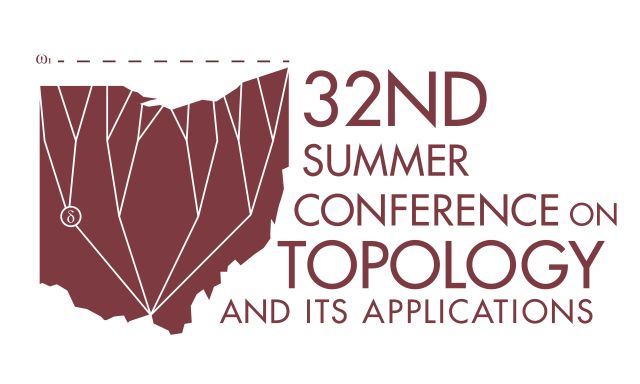Document Type
Plenary Lecture
Publication Date
6-2017
Publication Source
32nd Summer Conference on Topology and Its Applications
Abstract
Already in Hausdorff’s 1914 book, often considered the cradle of general topology, one finds traces of a discussion on the relative strengths of the concepts mentioned in the title of this talk. In fact, one may argue that Hausdorff anticipated the basic ideas of how to unify these concepts, which were developed only later on by many mathematicians over the course of a century, as propagated in Hofmann, Seal & Tholen. Indeed, Hausdorff thought of ordering points by assigning to every pair of them a (truth) value, just as a metric assigns to them a number. More importantly, he also contemplated extending such assignments to pairs, whose second component would remain a point, but whose first component would now be a subset, or a sequence, of points of the space in question, which is then assigned a value that measures the extent to which that point lies in the closure of the subset, or is a convergence point of the sequence. In monoidal topology, the first components of the arguments of such value assignments are given by a monad T on Set (where, for a set X, TX could be all strings of points of X, or all subsets of X, or all filters on X, etc), while the values themselves must lie in a quantale V (which could be the lattice 2 = {true, false}, or the non-negative extended real line, or the lattice of distribution functions of that extended line, etc). These structures must then satisfy two basic axioms, generalizing the reflexivity and transitivity of relations. With morphisms to be maps laxly preserving the structure, this defines the category (T, V )-Cat, which is topological over Set and, therefore, automatically boosts a wealth of good properties.
The principal categories of interest to topologists are all of this type, or may be reflectively or coreflectively embedded into them. But as indicated above, an individual category, like Top, may be presentable in various (T, V )-guises, and establishing the equivalence may not necessarily be easy. In fact, its validity may depend on additional properties of V . For example, for T the powerset monad, we may easily extend the usual properties of distance and closure to define and study so-called V -topological spaces, but the establishment of their equivalent description in terms of a V -valued ultrafilter convergence relation requires V to be completely distributive (see Lai and Tholen). Among other theorems, we will present this equivalence statement and show how it unifies previous results for topological spaces and approach spaces and leads to novel applications. Time permitting we will also discuss essential topological properties, like compactness and separation, in the V -context.
Copyright
Copyright © 2017, the Author
eCommons Citation
Tholen, Walter, "Order, Distance, Closure and Convergence: Reconciling Competing Fundamental Topological Concepts" (2017). Summer Conference on Topology and Its Applications. 49.
https://ecommons.udayton.edu/topology_conf/49




Comments
This document is available for download with the permission of the presenting author and the organizers of the conference. Permission documentation is on file.
Technological limitations may prevent some mathematical symbols and functions from displaying correctly in this record’s metadata fields. Please refer to the attached PDF for the correct display.